About Us
FAQ
It depends. If a new provincial park is established you may (or may not) need to buy a park pass or permit to use the area. If a wildlife management area is established, no pass will be required.
Once a draft conservation plan has been developed based upon comments from area residents and stakeholders we will be able to address this question more specifically.
The purpose of this engagement process is to determine which areas should be protected in the region and what the most appropriate designations would be for those areas.
Our goal is to create a conservation plan which enhances the quality of life of area residents and spurs sustainable economic development.
We would like these changes to cause the least amount of disruption possible. However, some restrictions may be necessary in order to preserve our land and water for future generations.
That could mean putting your dog on a leash when you go for a hike in a newly designated park, switching to a new snowmobile or ATV trail, or avoiding a new cottage development during hunting season.
Once a draft conservation plan has been developed based upon comments from area residents and stakeholders we will be able to address this question more specifically.
The purpose of this engagement process is to determine which areas should be protected in the region and what the most appropriate designations would be for those areas.
There are a wide variety of legal designations used to protect and conserve land in Manitoba. Some, like ecological reserves, can be highly restrictive. Others, like wildlife management areas, have little impact on recreational or subsistence activities. More information is available from the province.
Eco and cultural tourism are among the fastest growing industries in the world. The Interlake is already one of Manitoba’s most popular tourism destinations because of its beaches, cottages and many opportunities for hunting, fishing, bird watching and camping. New parks and/or protected areas would draw more tourists. Protected areas would also serve as breeding grounds for the wildlife which attract tourists.
The area is also important for protecting commercial and recreational fishing in Lake Winnipeg. The forests and wetlands serve as filters for damaging nutrients which are responsible for the algae blooms that sully the water and shoreline.
As the initiative will also serve to indicate where conservation designations will not be placed, industrial resource extraction companies will have increased certainty regarding what areas may be options for their activities in the area.
No. Private property will not be affected by any conservation plan we propose. The initiative is studying how best to manage Crown and traditional lands in the region. Some leased Crown lands may be considered when developing the proposal, but only after discussion with the lease holder.
We are seeking comments from area residents and other stakeholders so we can ensure that the conservation proposal is tailored to the region’s particular needs.
We want your help to determine where conserved areas should be and whether some parts of a zone, or area within a zone, should be excluded from protection.
Comments will be shared with the Manitoba government and may potentially be used in promotional materials. Names and comments will not be shared publicly without permission from the provider.
The study area is based on the Traditional Notice Area of Fisher River Cree Nation. The study area also includes traditional territory of Peguis First Nation and Kinonjeoshtegon First Nation.
The study area has been divided into subwatersheds to provide a widely used ecological basis for conservation planning.
A watershed is the area or region that drains into a particular stream, river or lake.
The study area contains three watersheds that are comprised of 11 subwatersheds identified in the Feature Maps section. Each subwatershed serves as a comment zone.
FRCN’s Traditional Notice Area for consultation was identified through extensive research and consultation with elders, traditional knowledge holders, hunters, fishers, trappers and other resource users. This area is only a small portion of the vast area that has been used and occupied by the Fisher River Cree Nation for centuries. The Notice Area boundaries were set for purposes of implementing the consultation protocol agreement between Manitoba and Fisher River Cree Nation.
We will ensure Manitobans will have an opportunity to comment on the proposal before it is finalized. After this initial engagement process is complete, we will draft a conservation proposal informed by the comments. The draft conservation proposal will be presented to the public for comment. We will then refine the proposal based on what we heard.
Once the conservation plan is ready, we will work on implementation with Crown governments.
